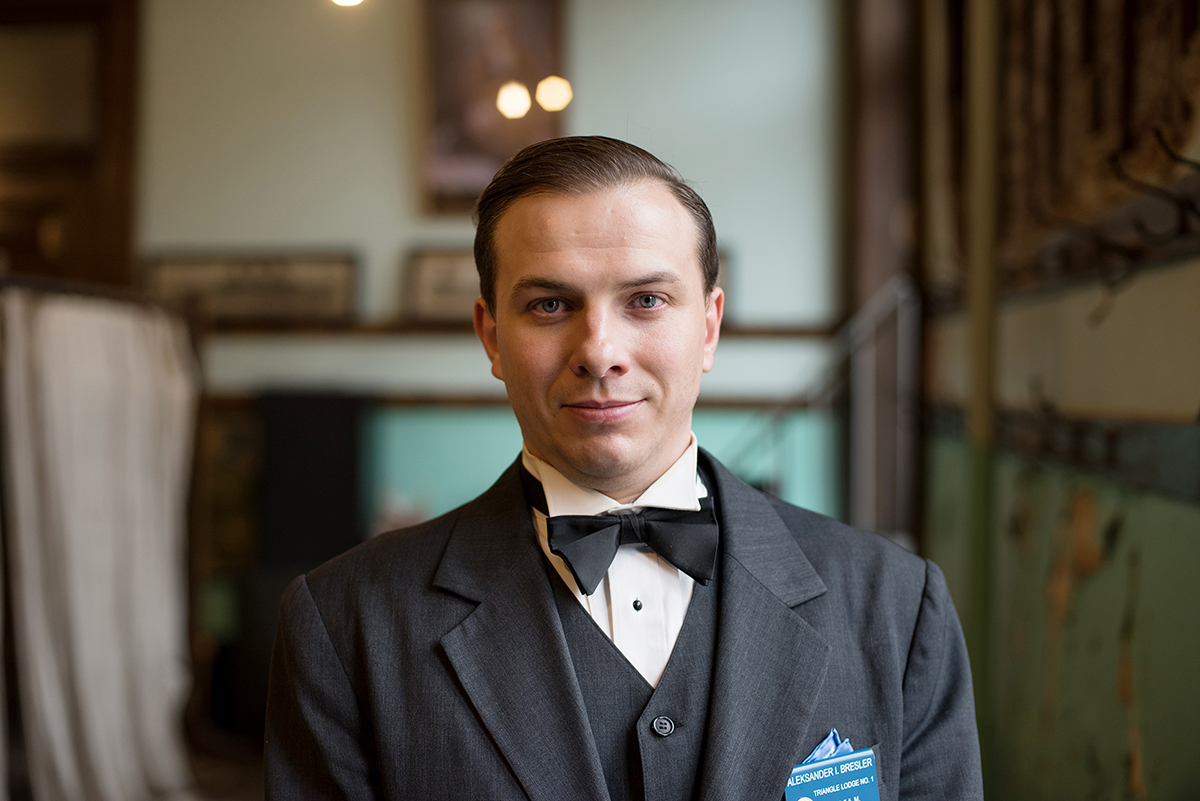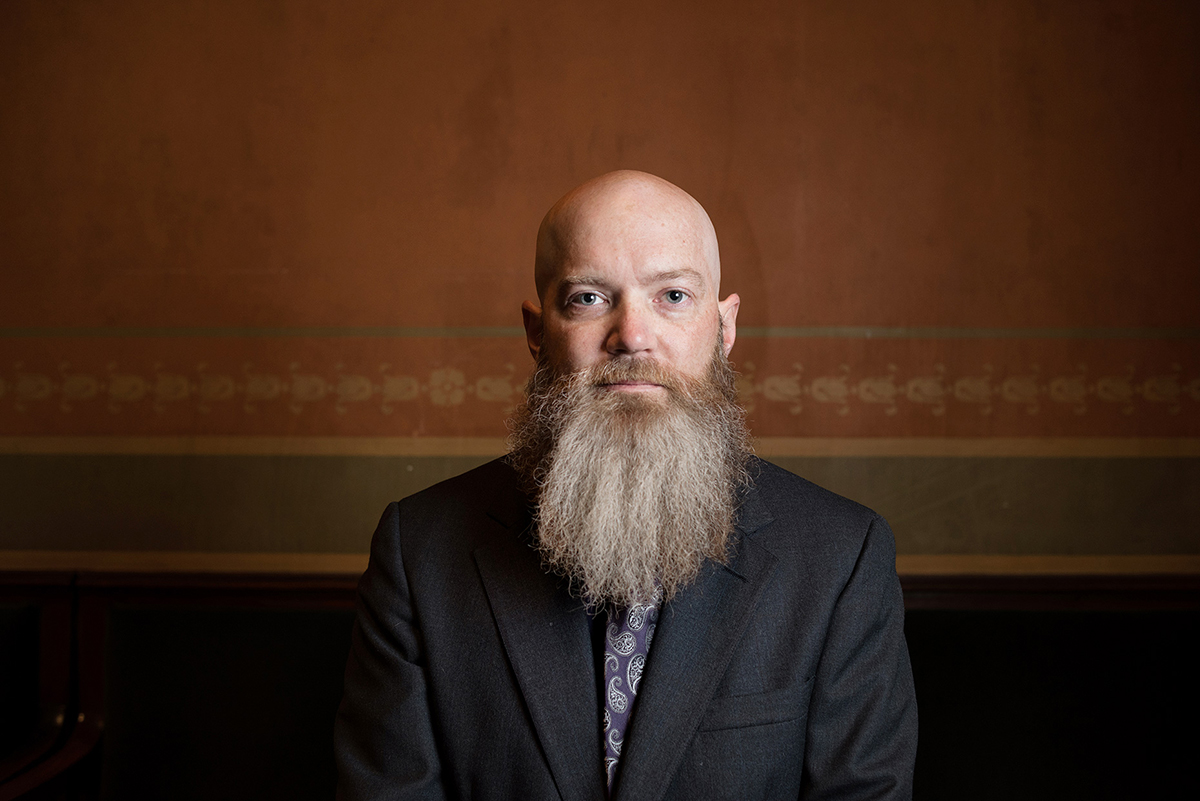
In the photo editing world, outtakes are those images that don’t survive the multiple rounds of editing that allows the cream of your shoot to rise to the top. The first images to go are the obvious mess-ups: closed eyes, hair issues, equipment elbowing its way into a shot, poor exposure. The next rounds of editing then refine the selections further until a handful of images remain that I feel proud to submit to my clients: technically strong, of course, but also appropriate for their brand and their unique story.
Of these, only a small percentage make it to print or screen, meant for public consumption. In this digital version of the Hunger Games, the rest are discarded and are usually never seen again. It’s a ruthless, never-ending process.
That’s why I like to go through my past shoots regularly, pulling images that I like that weren’t used. They may not fit the purpose at hand, but out of context they still are interesting and strong images.
Here are a few from the first couple of months of this year. I like them because in each case there’s moment that strikes a chord in me. The lighting, the environment and body language all work together to tell a story of sorts. I hope you enjoy them as much as I like seeing them again.





